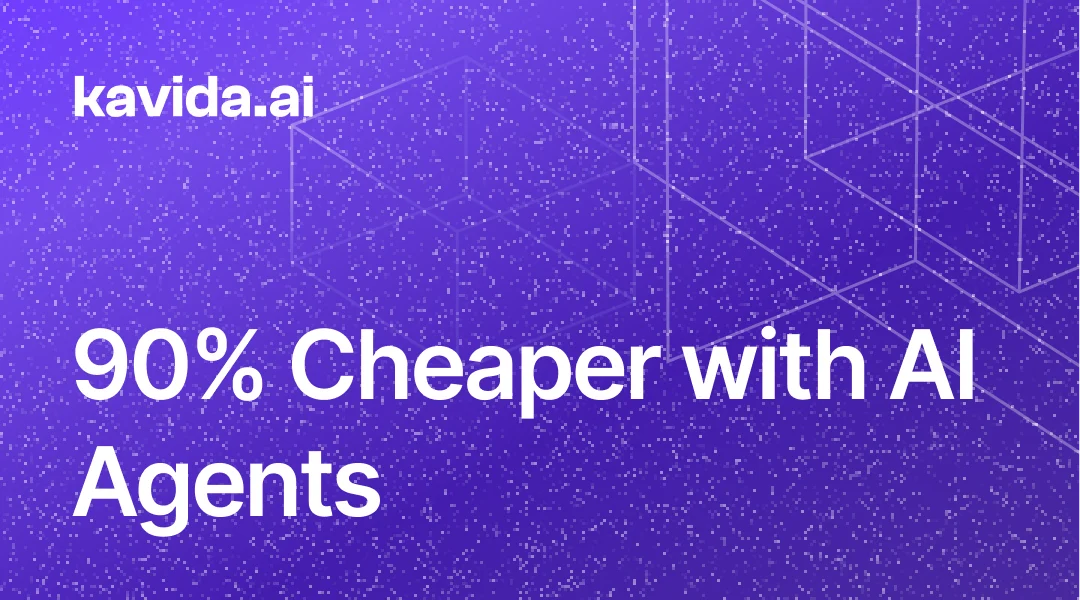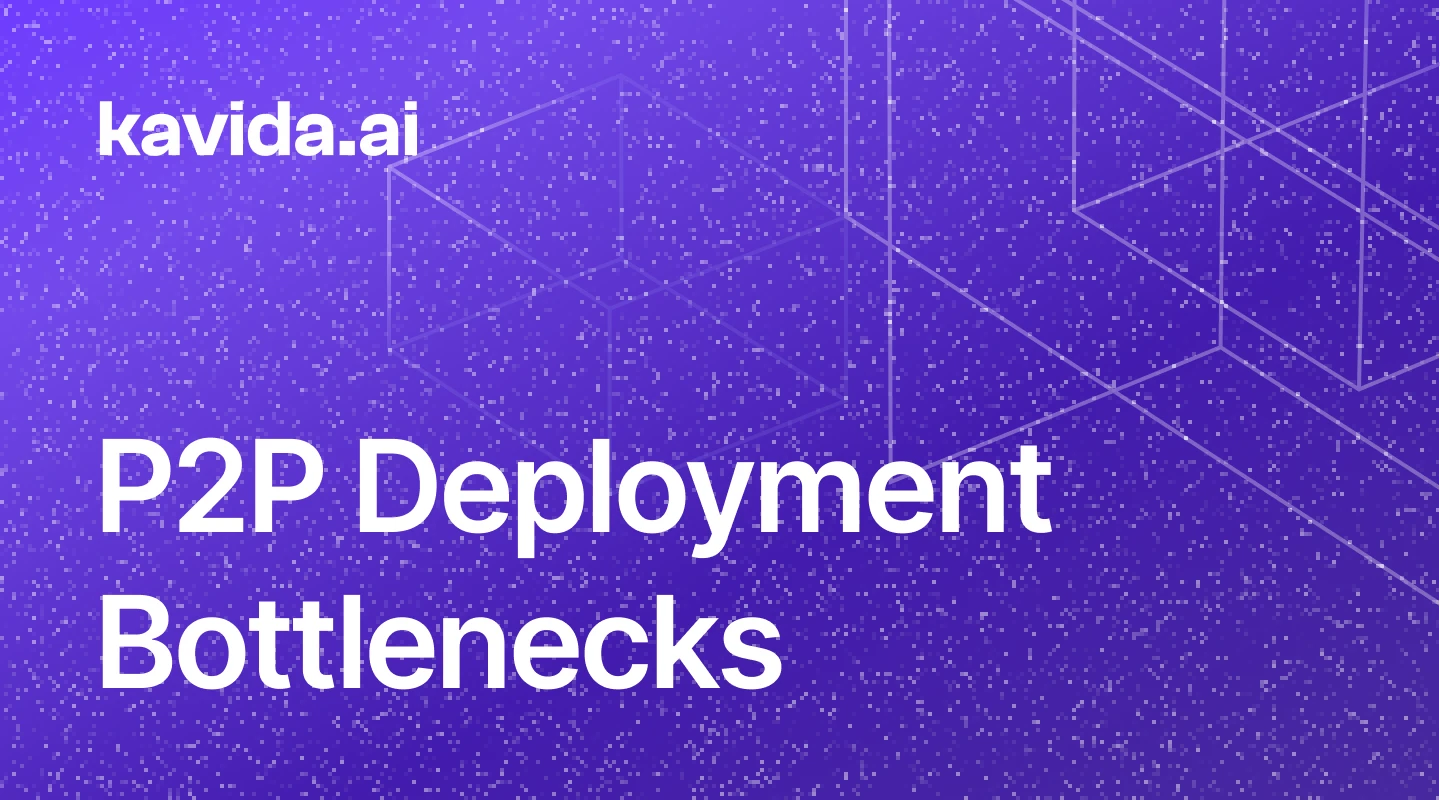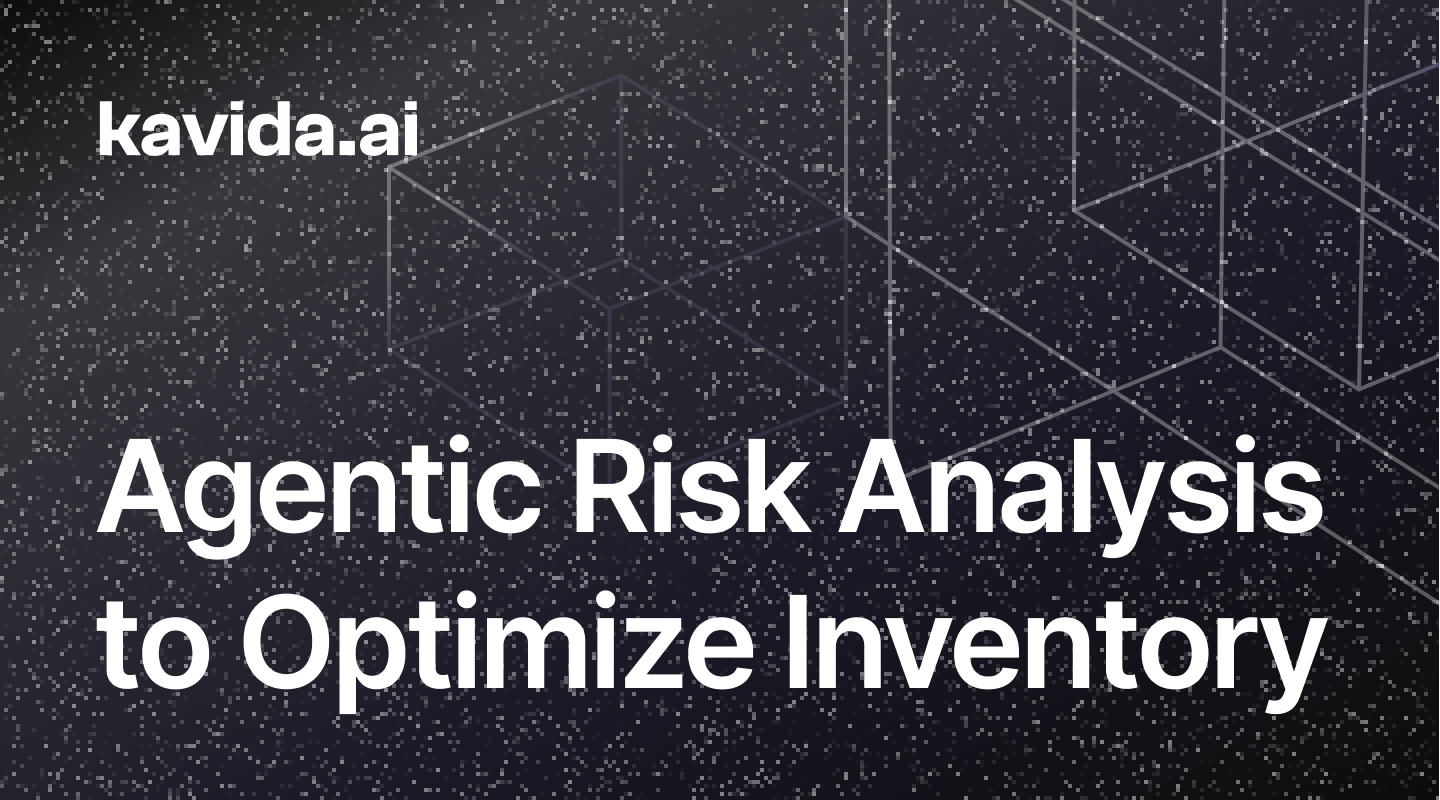
ANNOUNCEMENT
QAD Redzone acquires Kavida — our Agents have joined the Champion AI family

Discover how AI agents are reshaping the manufacturing operating model

Hi, I’m Alison!
Share your details, and I’ll give you a call in minutes to see how we can assist.

Mergers and acquisitions promise scale, efficiency, and new market reach — but in supply chains, those gains are often delayed by the messy reality of post-merger integration. Newly combined businesses inherit multiple ERPs, mismatched data, and siloed processes that make it difficult to act like one unified operation.
ERP consolidation is the ultimate goal — but it rarely happens quickly. Large-scale IT projects can take 12–36 months to complete, leaving businesses running as separate networks and delaying the synergies the deal was meant to deliver.
Agentic AI changes the timeline. Instead of waiting years, AI agents can create a virtual integration layer in weeks — unifying data, enabling cross-system workflows, and delivering connected intelligence across the merged network from day one.
The M&A Data Reality
When two companies combine, they also merge operational complexity:
- Multiple ERP and procurement systems with incompatible data structures.
- Different part naming conventions, supplier codes, and inventory categorizations.
- Varying business rules for orders, confirmations, and pricing.
Even with strong integration teams, connecting these systems is slow and costly. In the meantime, fragmentation comes at a price.
Poor visibility
No unified view of demand, orders, or inventory.
Lost leverage
Procurement can’t consolidate or secure discounts.
Operational delays
Longer order cycles when stock is unseen.
Missed synergies
Strategic sourcing and risk planning go unmet.
The difference is simple but profound: traditional software peaks in usefulness the day it’s installed. Agents get better the longer they’re in the role.
How Agents Enable Post-Merger Supply Chain Integration
ERP consolidation will still happen — but it doesn’t need to be the bottleneck. Agentic AI creates a virtual integration layer that connects to all existing ERPs and procurement systems without replacing them, giving you the benefits of integration in weeks.
Data Unification
The first hurdle after a merger is the lack of a consistent, company-wide view of supply chain data.
Agentic AI solves this by pulling both structured data (ERP tables, supplier masters, inventory lists) and unstructured data (PDF invoices, Excel order books, email confirmations) from every system into a single model. It then:
- Normalises naming conventions so “AL FSTR 3MM” in one system is matched to “Fastener Aluminium 3mm” in another.
- Deduplicates supplier records, linking all IDs and aliases to one unified profile.
- Merges historical order data to create a true combined view of spend, demand patterns, and supplier performance.
This unified dataset becomes the operational foundation — without waiting for an ERP migration to finish.
Intelligent Insights
In the immediate months after an acquisition, this is where most value is lost — teams are still running separately. The real power of Agentic AI in post-merger integration is that it continuously analyses it to uncover value opportunities and operational risks, like:
- Redundant inventory that could be redeployed.
- At-risk orders, low stock, or late shipments.
- Category-level opportunities for cost savings.
Because these insights are drawn from live data feeds, they stay current and actionable — a stark contrast to static post-merger integration reports that are out of date as soon as they’re published.
ERP-Readiness and Consolidation
The unified dataset also accelerates the eventual ERP consolidation. By resolving duplicates, standardising records, and creating a shared reference model, it removes the data bottlenecks that delay go-lives. The result: faster onboarding of new units, smoother consolidation, and fewer surprises during IT cutovers.
Business Value to Post-Merger Integration Teams
Post-M&A integration teams are under intense pressure to deliver quick wins while navigating system complexity, cultural differences, and operational uncertainty. Agentic AI brings several advantages that help cut through those barriers:
Speed
Connects to multiple systems, harmonises data, and delivers unified reporting in weeks, not years.
Flexibility
Works with existing systems without disruption, avoiding downtime and migration risks.
Resilience
Agent’s multilingual processing capabilities ensure smooth supplier and customer communication across regions.
ROI
Automates manual, low-value procurement tasks and, through integration with AI agents, uncovers duplicate suppliers, consolidates spend, and reallocates stock to capture savings early.
Scalability
Begins by automating low-hanging fruit, with data unification as the foundation for broader automation, then expands into high-value workflows.
In M&A, speed to integration is everything. The longer systems remain disconnected, the longer it takes to capture the strategic value behind the deal.
Agentic AI closes that gap — unifying data, enabling cross-system workflows, and providing live insights that let you act like one business, sooner.
Related articles

Agents Achieve Business Outcomes 90% Cheaper Than Humans
Most automation stories start with tasks — fewer clicks, faster data entry, less time spent on admin. But tasks...

Overcoming The P2P Deployment Bottlenecks That Could Kill Your Transformation
For organizations implementing or considering a Procure-to-Pay (P2P) system, it is important to understand that achieving...

Buffer Stock Is a Symptom of Blind Spots – How Agents Use Risk Analysis to Optimise Inventory
In supply chain circles, buffer stock is often seen as a smart move - a little extra product tucked away...

